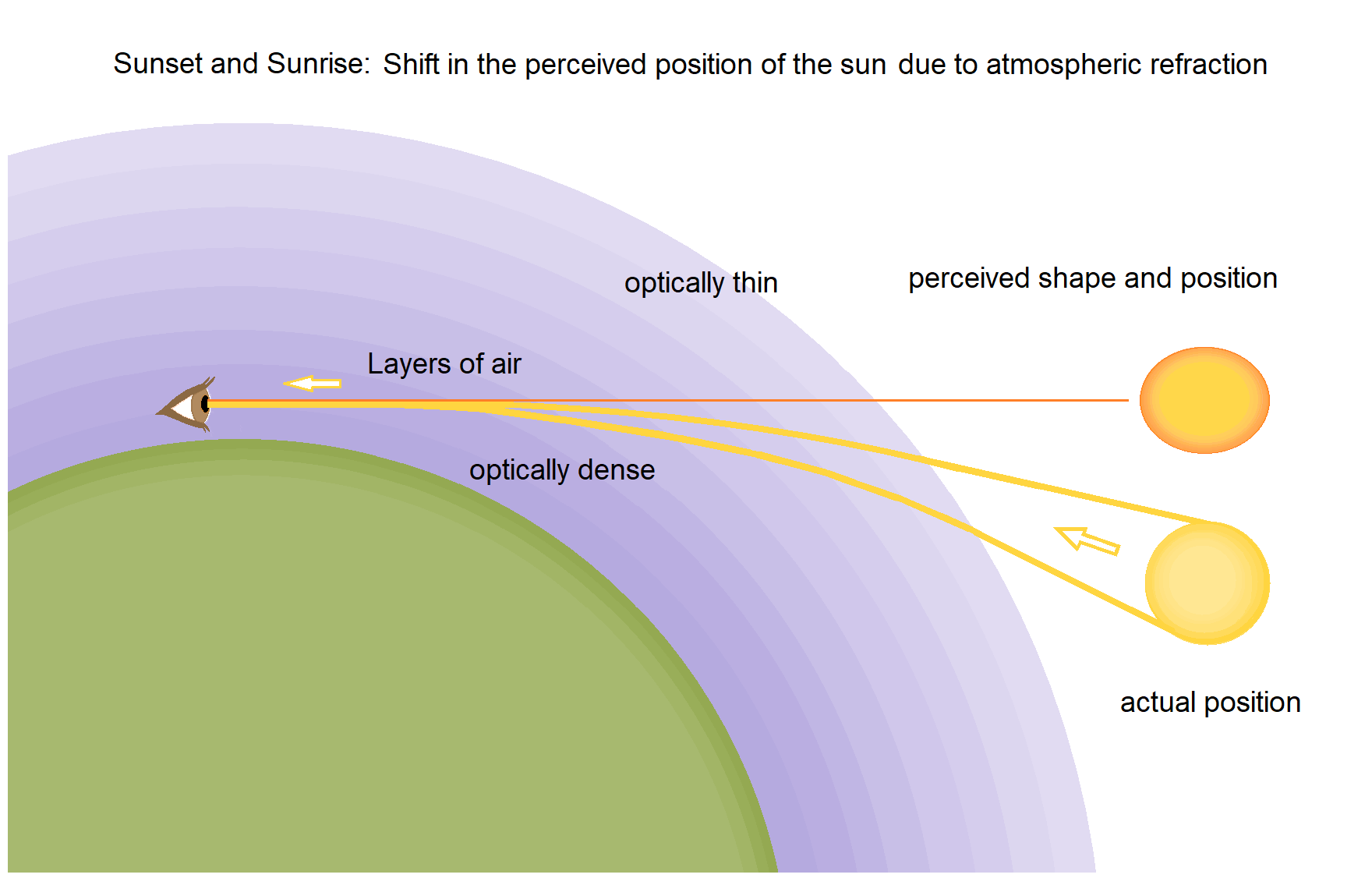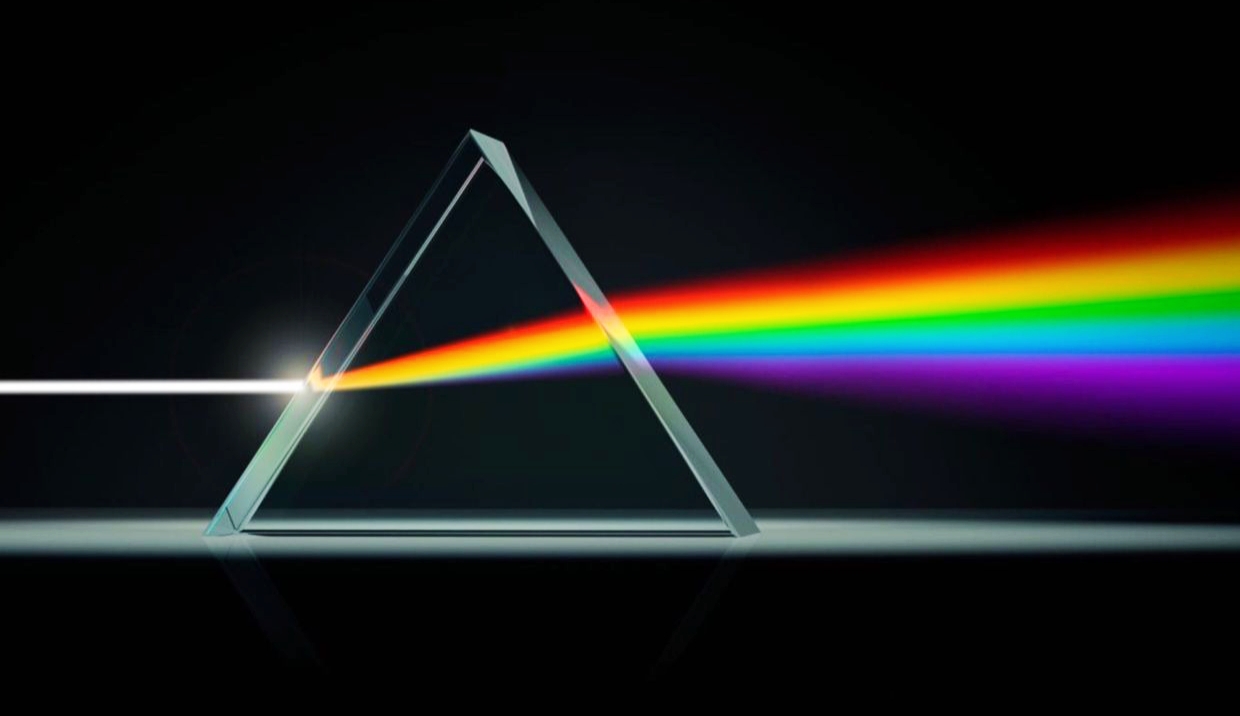Twinkling of stars :-

it is is a phenomenon of atmospheric refraction. Stars do not really twinkle they just appear to twinkle when seen from the surface of the earth. The star twinkling in the night because of the effect of our atmosphere. when starling enters our atmosphere it is affected by winds in the atmosphere and by areas with different temperature and densities, this causes the light from the star to twinkle when seen from the ground. some of the light reaches directly and some gets bent slightly away. To our eyes this makes the star seen to twinkle.
Apparent time of sunrise and sunset :-

The sun is visible a little before the actual sunrise and untill sunset due to refraction of light through the atmosphere.
By actual sunrise we mean the actual crossing of the horizon by the sun.
The refractive index of air with respect to vaccum is approx 1. Due to this, the apparent sift in the sun is by about half a degree and corresponding time different between actual sunset and apparent sunset is about 2 minutes.
The apparent flattering of the sun at sunset and sunrise is also due to the same phenomenon.
Question –
The earth takes 24 hours to rotate once about its axis. How much time does the sun take to shift by 1⁰ when viewed from the earth?
solution.
Time taken for 360⁰ shift = 24 hours
Time taken for 1⁰ shift = 24/360⁰ hours = 4 minutes.











